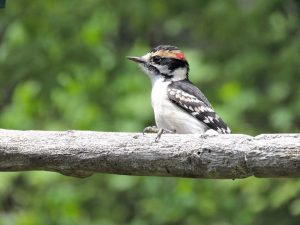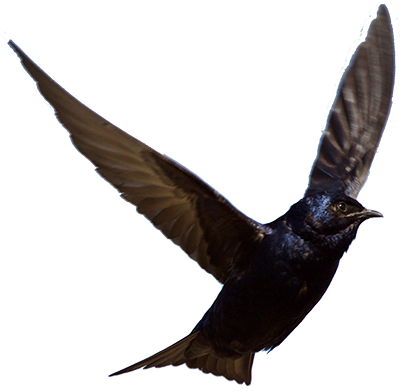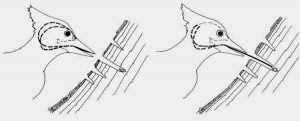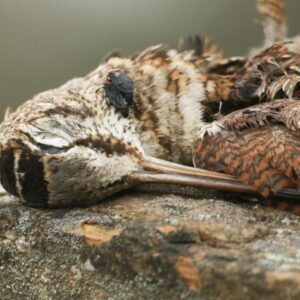Downy Woodpeckers: Fantastic Beasts and Where to Find Them Eh?

Guest blogger Tina-Louise Rossit.
This post was written by guest blogger Tina-Louise Rossit.
You know what Canada is great for? Birds. Seriously though…Canada is home to birds of prey, song birds, water birds, shore birds, year-round birds, migratory summer birds, etc.! As different species inhabit various ecosystems, or biological communities, birds really do demonstrate how much biodiversity Canada’s is blessed with. Besides flying, birds have fascinating evolutionary adaptations which is why bird-watching isn’t just a hobby, it’s a whole learning experience!
Today’s honourary species could be nicknamed the avian toolbox since it has a drill, hammer, googles, balance, and even a lasso! Who can this be? Canada’s smallest and most familiar woodpecker; the Downy Woodpecker! If banging your head at high speeds all day sounds like a headache waiting to happen, well Downy woodpeckers make it look as easy as pie.

Photo by Cheryl Fagner.
Downy Woodpeckers are year-round residents throughout Canada except Nunavut and Labrador. They prefer to dwell in deciduous forests, but can be seen among woodlands, orchards and open-fields. They show sexual dimorphism which means differences between male and female. All males have a red cap at the back of their heads. Downy Woodpeckers are omnivores with a menu of beetles, caterpillars, ants, and larvae, but will compliment berries, seeds, sap, and other invertebrates if available. This is why Downy woodpeckers are no strangers to bird feeders!
The famous drilling and drumming done by Downy Woodpeckers are thanks to that toolbox mentioned above. Like all woodpeckers, they have specialized beaks, tongues, skulls, eye lids, and neck muscles, forming a helmet to protect from brain damage and other injuries. The skull is made up of tiny bones called trabeculae that form a mesh-like enclosure around the brain cavity. This acts like a spongy shock absorber. And ever notice a woodpecker’s body placement on a tree? Woodpeckers orientate their bodies at 90˚ angles to begin pecking. This way, they minimize the rotational forces working against them and in turn protect their brain further. Isn’t that awesome?
Their “drill and hammer” is their beak! The Downy woodpecker has a chisel-shaped beak precisely for boring holes into tree trunks. Like any tool, the wear and tear would render the tool inefficient over time. However, the cells that make up the Downy’s beaks renew themselves constantly so that their beaks stay sharp all the time!
So that leaves the “lasso”?! Surprisingly, all woodpeckers have really long tongues. Like twice to three times the length of their beaks! This is due to a lengthened hyoid apparatus, which is a fancy term to describe a series of bone, muscles and cartilage that make up the tongue. The apparatus allows the tongue to stretch to great lengths and rake up the waiting insects inside the tree. Yummy!
And there you have it, the avian toolbox. There’s a lot more details to each adaptation for which scientists are researching into more depth. The mechanics of a woodpeckers has already started to help engineers improve headgear for pilots and sportswear. Not only do Downy Woodpeckers provide a really cool and unique drumming sound, they will inspire new safety gear for humans. And that…is pretty fantastic. Drill on Downys!

Want more nature news?Join our 80,000 nature lovers raising their voices for nature! |
Sources
https://www.beautyofbirds.com/woodpeckertapping.html
https://www.allaboutbirds.org/guide/downy_woodpecker/lifehistory
http://www.biokids.umich.edu/critters/Picoides_pubescens/
http://www.audubon.org/field-guide/bird/downy-woodpecker
http://blog.nwf.org/2014/12/8-wonky-and-wonderful-woodpecker-adaptations/=




